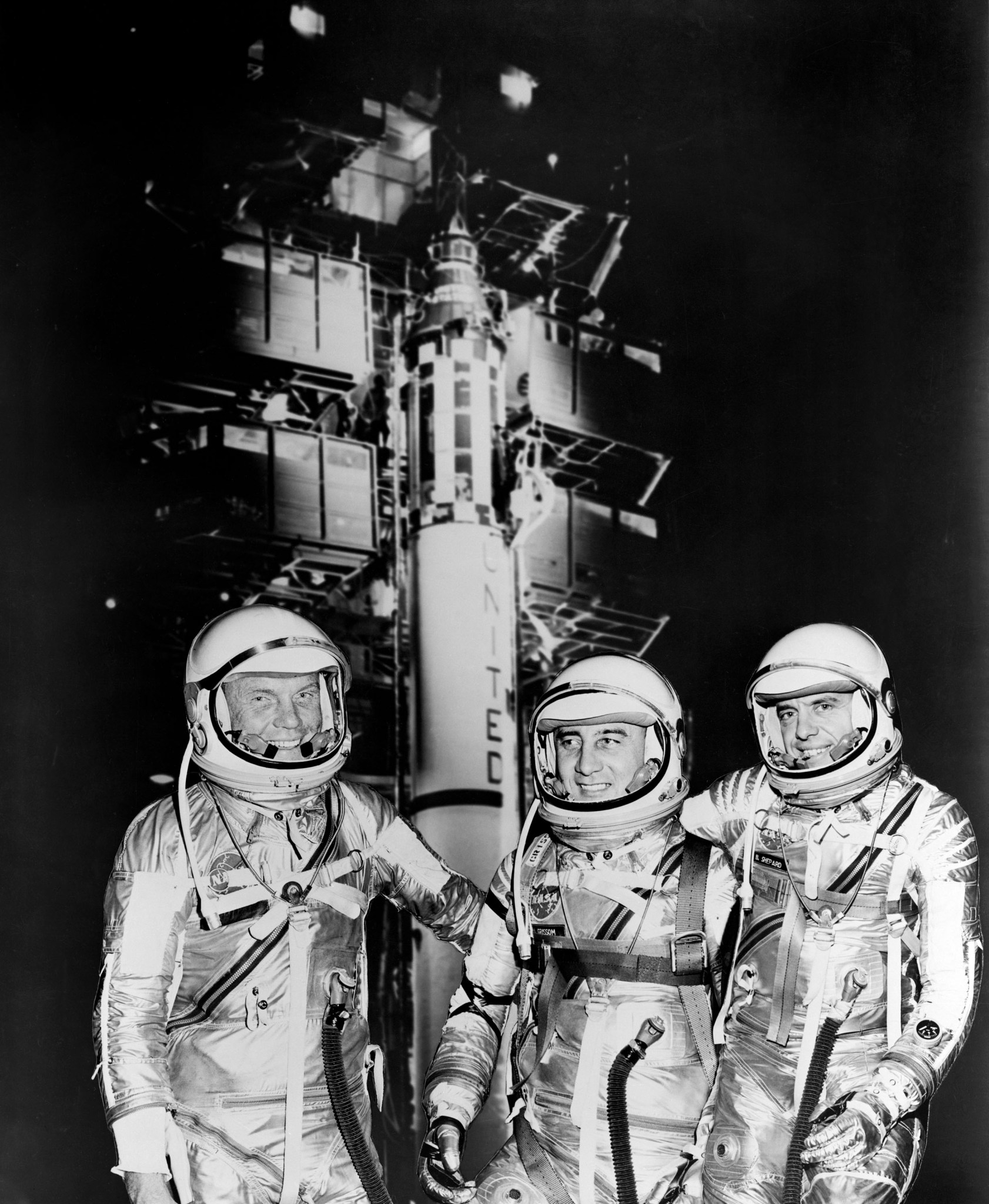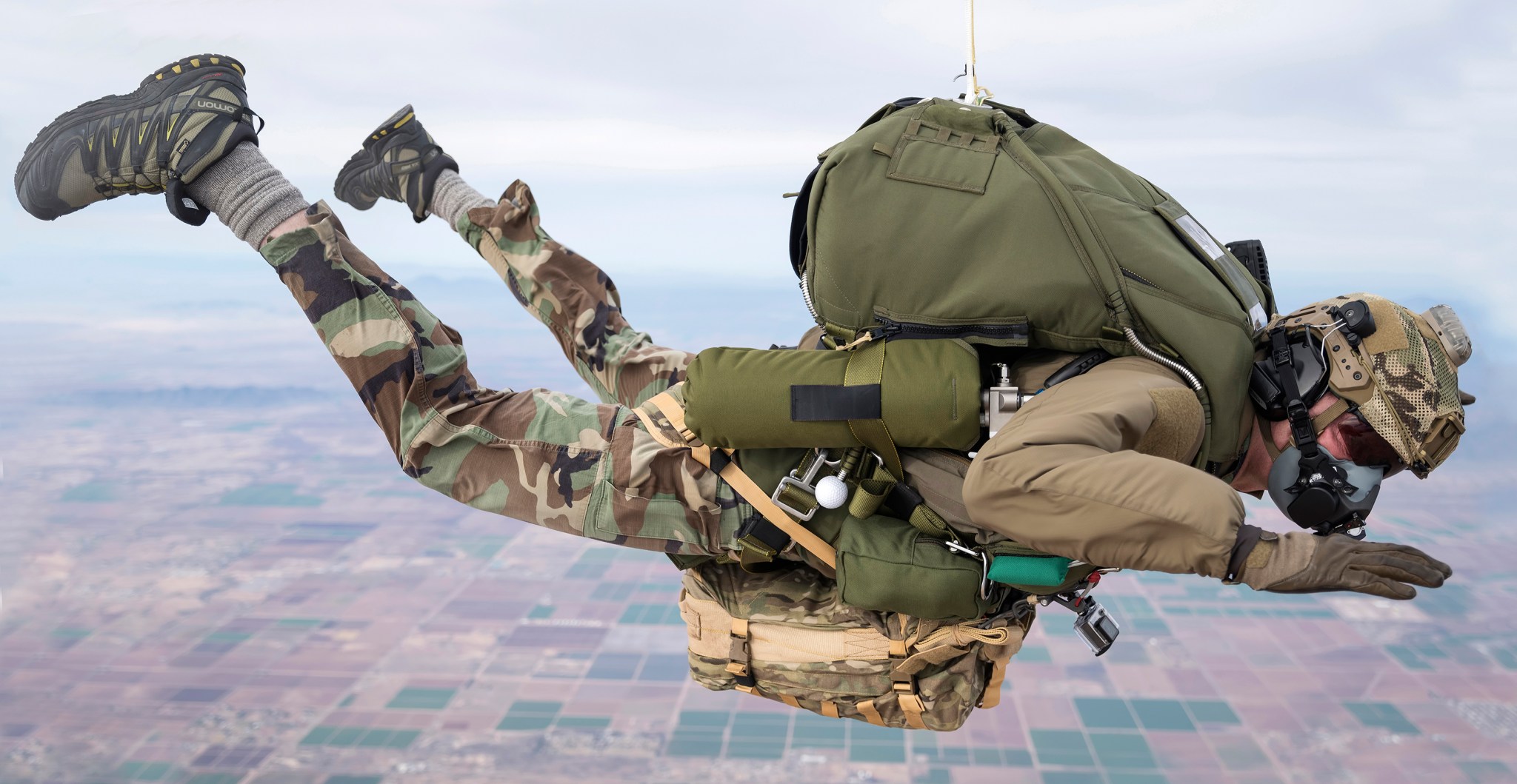In 1962, John Glenn hurtled around Earth three times. In total, his historic flight — the first time an American reached orbit — lasted four hours and 56 minutes. Glenn was able to breathe on that flight thanks to important innovations that were later used for Apollo missions and now benefit us too.
It all goes back to a problem with jet engines that no longer exists.
“Early jet engines had problems with flameouts,” explains Jim Talty, vice president of engineering at Cobham Mission Systems, which tackled the problem in the 1950s.
When an engine flamed out, the pilot needed to inject oxygen to restart it, but it was important to regulate the flow and pressure of that oxygen: too much, too fast would cause another flameout, but not enough and the ignition wouldn’t catch.
Cobham (then operating as Carleton Controls) innovated a new, better oxygen regulator for jet engines and became known for its gas regulating expertise. So, when NASA needed to build life support machinery for astronauts, the space agency turned to them. After all, explains Talty, “the basic technology of regulating oxygen is the same for a breathing regulator: you need to knock it down to a pressure to where an astronaut can breathe it. The product was different, but the technology was the same.”
For Spacecraft of Tomorrow, Look to the Past
For the Orion spacecraft still in development, engineers have designed a system to keep cabin pressure the same as Earth at sea level, 14.7 pounds per square inch (psi). This is far higher than the 5-psi pure-oxygen environment of early spacecraft. But spacesuits need lower pressure to remain flexible enough for astronauts to move around.
To acclimate to a manageable 4.3-psi spacesuit, astronauts have to prepare their bodies over a couple days. The spacecraft helps by changing the pressure and gas mixture in a predictable and safe way. This includes hitting set pressure levels along the way that enable safety checks for leaks on the spacesuits.
Once again, NASA turned to Cobham to regulate the gas and pressure.
“Cobham is going to do that with a smart electric motor,” explains John Lewis, who is the Orion environmental control and life-support system manager at NASA’s Johnson Space Center in Houston.
That’s far more sophisticated than what flew on Project Mercury with Glenn. However, behind the motor lies a small mechanical system: a spring-loaded valve that opens when the pressure lowers enough to relax the load on the spring. And that’s based on the same system Cobham first developed for Glenn.
Two-Spring Combo
Cobham’s fuel regulators also relied on springs, but for space it needed to be smaller and lighter. “What they innovated back in the late ’50s, early ’60s was combining two different springs in a new way,” explains Talty.
“They found that with this spring arrangement, they maintained their performance in a smaller size. Nobody had tried to combine those two types of springs in a single product, and that led to a lot of our other products.”
It was also important to ensure that none of the materials were flammable. As pressure increases in a pure-oxygen environment, the risk of a dangerous fire increases significantly. Even objects that normally would not ignite, such as stainless steel, can begin to act like tinder, notes Lewis.
For that, the company learned from NASA, and it continues to grow from that base: “Everything we learned from NASA on how to choose materials for oxygen safety is used in these products,” emphasizes Talty, referring to Cobham’s line of commercial products.
‘Most Airlines Use Our Technology’
Today’s gas regulators have advanced since the first version for Mercury. However, Talty says, “the same techniques that were used back in the John Glenn days, we’re using them in our latest products, too. Most major airlines use our technology.”
Specifically, the breathing regulators are used in emergency oxygen systems for pilots. These are required for at least one pilot when flying at altitudes above 40,000 feet.
Other applications include military planes and submarines, as well as for elite military parachutists jumping from high altitude.
Cobham also used its oxygen safety expertise in a device that produces high-purity oxygen from room air for a variety of settings, including wastewater treatment and offshore drilling.
“We handle the highly critical, difficult applications where failure is not an option,” he emphasizes, noting that in those situations, many customers find the NASA credentials reassuring.
“Every U.S. astronaut since John Glenn has breathed off our equipment. That gives other customers in the military and commercial world some confidence that we know what we’re doing.”
NASA has a long history of transferring technology to the private sector. Each year, the agency’s Spinoff publication profiles NASA technologies that have transformed into commercial products and services, demonstrating the wider benefits of America’s investment in its space program. Spinoff is a publication of the Technology Transfer Program in NASA’s Space Technology Mission Directorate.
To learn more about this NASA spinoff, read the original article from Spinoff 2019.
For more information on how NASA is bringing its technology down to Earth, visit;
By Naomi Seck
Goddard Space Flight Center in Greenbelt, Md.




























